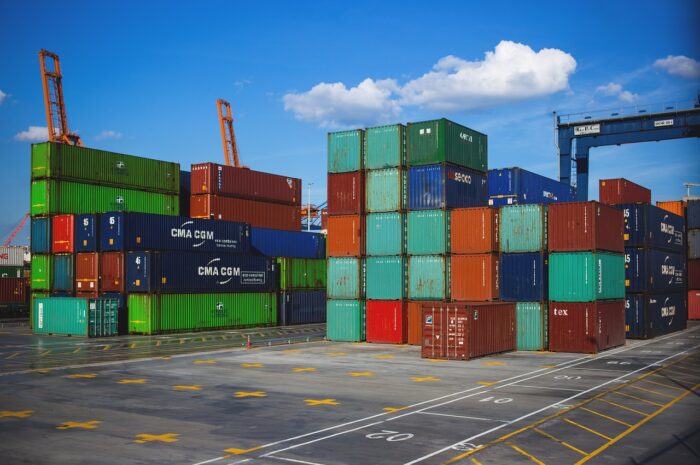It’s still too early to assess the damage, but the Latina area was hit quite hard after the frost of 2017. The situation is worrying in Emilia-Romagna as well, while Piedmont and Veneto seem to be doing better. Luckily temperatures under plastic films have remained higher.
Giampaolo Dal Pane, President of Consorzio Dorì Europe, stresses that “it’s essential to cover crops with anti-rain nets. It’s better to have a couple of hectares less but to cover the rest. On 28th February, the temperature in cover-less crops in a Latina company dropped to -7.5°C, while that in a covered one only reached -4°C. The same happened in Romagna: -10°C outside and -6°C under nets.”
“We’ll need to make an assessment, but things are not looking good. The frost may have damaged bark as well, making it easier for the Psa bacteria to penetrate.”
There is no great difference between the sensitivity to frost of green and yellow varieties, except for the fact that yellow kiwis are usually earlier. Latina hadn’t seen such low temperatures for decades. An 8-hectare orchard in Aprilia was destroyed as the supporting structure of the nets collapsed under the weight of the snow.
In the Ravenna province, the temperature dropped to -10°C. Some left their fans on all night long, but it’s still unsure whether they work with such a widespread cold front.
And it’s useless mentioning insurances, as they don’t cover this period.
Publication date: 3/5/2018
Source: www.freshplaza.com
Related News & Updates
Become a Member
Join AHT
We’re the peak industry body for Australian Horticulture Trade. Joining AHT helps us advocate for you & the greater good of the industry.
Benefits OF joining
- Representing you, monitoring developments and potential threats to imports & exports
- We work on your behalf on solutions & opportunities to facilitate and maintain trade
- Be kept up to date with important issues affecting horticultural imports & exports



